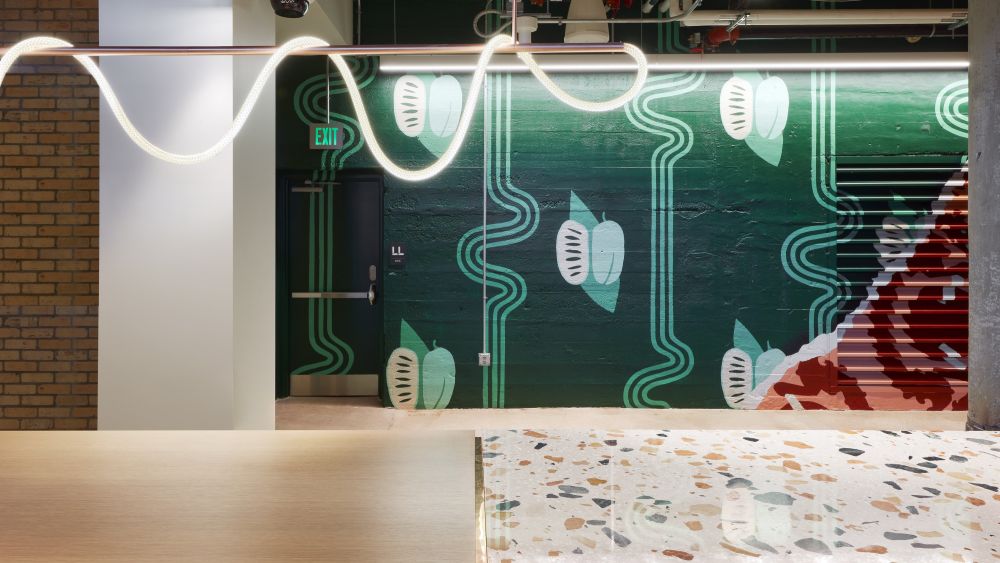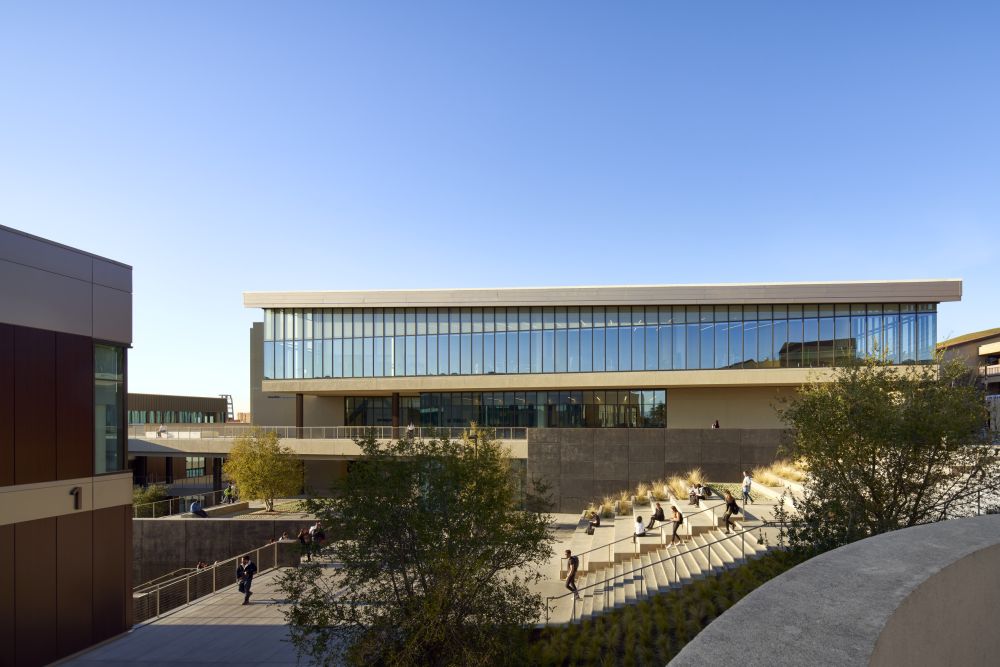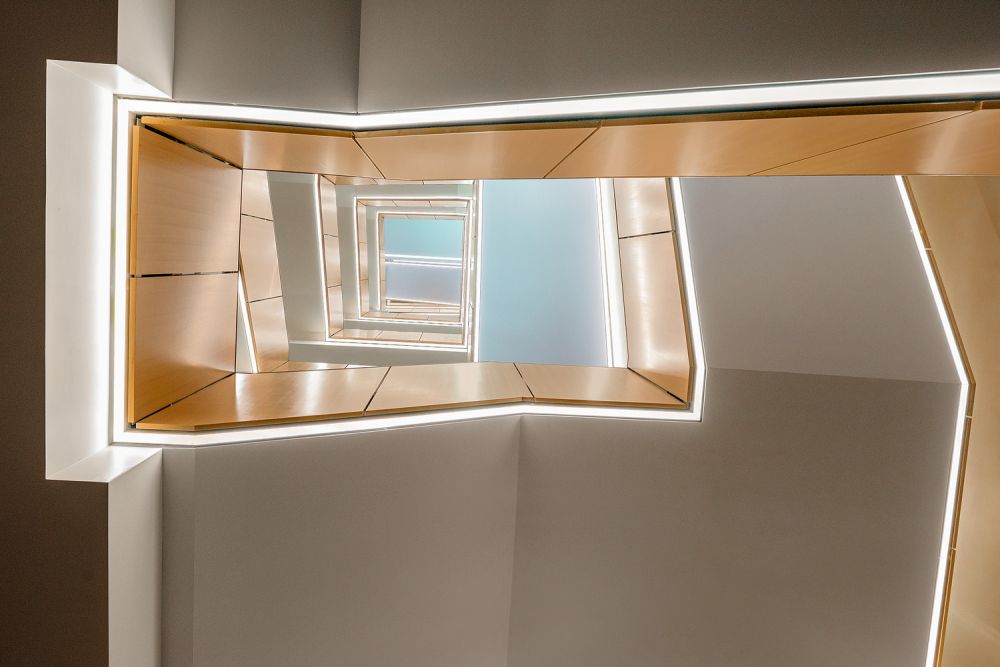Perspectives on neuroaesthetics featured in The Hustle
August 22, 2023
Social Sharing
Neuroaesthetics, or how the body reacts to and perceives artwork and our surroundings, is becoming a bigger part of design conversations.
Artwork, colors, noises, textures—these are things that we're surrounded by every day, indoors and outdoors, in public buildings and in our own homes. Whether it's a visceral reaction or not, our bodies and minds are often responding to our surroundings in some way. So why not design our spaces to promote positive reactions?
The Hustle, Hubspot's newsletter, spoke with our Eric Corey Freed and Allison Leonard about how neuroaesthetics can be a useful part of design.
“Buildings make us feel things all the time, both good and bad, that we don’t recognize,” Eric Corey Freed, Director of Sustainability, told The Hustle.
Things like ample natural light, gardens, water features, textures found in nature and more can be added to a building's design to make it a more welcoming and soothing environment.
Alison Leonard, a senior health care programmer at Blue Cottage of CannonDesign, noted that choice — even as simple as seating in waiting rooms or at bus stops — can give people “a sense of control over their environment, and [put] them at ease.”



